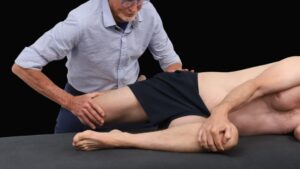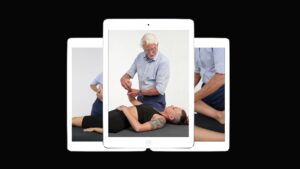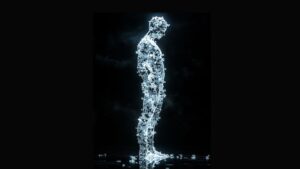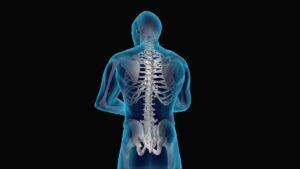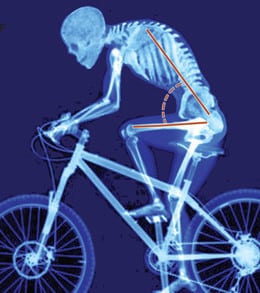
Let’s call this guy Bob.. He sits at a computer all day and his brain relearns this aberrant posture as normal. On weekend outings, his hip flexed posture morphs into similarly distorted riding posture.
Like many of America’s other popular, but functionally abnormal, athletic endeavors, such as golf, tennis, and bowling, cyclists bring with them a complex biomechanical downside that’s often hard to completely fix. If you are a massage therapist or athletic trainer who treats cyclists it’s vital to precisely identify the anatomical structure at fault, and weed out any risk factors that may predispose the client to injury.
Risk factors will be:
* Intrinsic (within the cyclist – any postural, overuse, or faulty movement dysfunctions)
* Extrinsic (the bicycle setup)
Therefore, as a Massage Therapist treatment is always twofold:
1. Identify and correct muscle imbalances, joint dysfunctions, and motor control problems.
2. Address the underlying causes for the injury by correcting bike setup and/or training errors.
The good news is that the human body is both adaptable and dynamic. The bad news is that our cyclists often bring along a lot of baggage, including flexion-addicted sitting postures, old injuries, compensations, and poor training habits. Any weakness or motor control issues are magnified by traumatic shocks due to unsavory road conditions or recurring bike injuries.

Cyclist who consistently ride with an anteriorly rotates pelvis and decreased hip angle are subject to capsular and ligamentus adhesions, short quadriceps and psoas, and a subsequent loss of economy and power.
A properly fitted bike, combined with a revitalized and functionally balanced neuro-myoskeletal system, allows muscles and joints to work at optimal levels of motor unit recruitment and synchronization. As endurance and performance improve, so does the enjoyment of cycling.
Cycling Biomechanics
The actual cause of ITB pain is an extremely important discovery for manual therapists or sports therapist who work with cyclists and runners. If the underlying fat pad is indeed the main cause of our client’s lateral knee pain, it is probably not a good idea to apply compressive forces over the ITB tendon, which is already squashing the inflamed fat pad. Traditional techniques, such as cross-fiber frictioning and ITB fascia-mashing, would be contraindicated.
Above from Erik Dalton’s Vicious Cycle
Chapter In the New Dynamic Body Textbook.
Hard Cover – Over 400 glossy full color pages, hundreds of photos and illustrations.
For more information visit Dynamic Body






